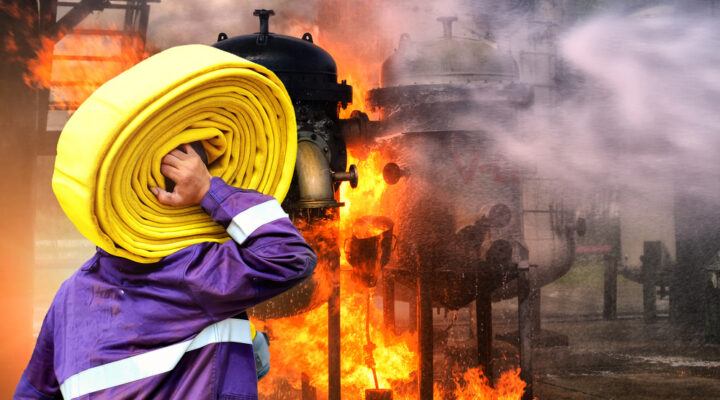Workers’ Compensation Medical Studies have been done on many topics. Studies have reported on surgeries performed within the workers’ compensation environment. Some studies have looked examined spinal surgeries.
Study results impact Injured Workers. Studies results can create insurance Company expectations concerning surgery success and recovery times. Insurance Company expectations from these studies can be imposed upon treating doctors concerning temporary and permanent disability.
This article will discuss back surgery, a study concerning back surgery, the back surgery study’s results. and what the study means for injured workers.
What Is Back Surgery?
The Spine has three segments: cervical, thoracic, and lumbar. The lumbar segment of the spine is usually referred to as back or low back. Back surgeries are generally on the area referred to as the lumbar spine. There are various types of surgeries. There are surgeries to address lumbar spine disks and there are other procedures that address the stability of the spine. Common surgeries are laminectomies, fusions and disc replacement.
Besides the problems being operated on, there is also issue of levels. The lumbar spine has multiple levels. Some surgeries operate on one level and others involve multiple levels.
There are a variety of reasons why a particular surgery may be indicated. This article will be addressing one of the reasons. A surgery to address a herniated lumbar disk. Specifically, a surgery to address a disk at only one level. This procedure is called a laminectomy.
Why Is Back Surgery a Significant Workers’ Compensation Issue?
Back Surgeries are expensive.T they cause periods of temporary disability and may result in findings of permanent disability. Back Surgeries can have complications that can be costly such as treatment for post-operative infections. Thus, Insurance Companies, in a risk management analysis, may wish to prevent surgery liability by either denying the treatment or settling the case.
What Were the Study’s Results?
The study addressed focused only on a single-level lumbar disk herniation surgery.
According to the study, “[p]atients receiving WC(workers; compensation) with shorter duration of radiculopathy before diskectomy had higher RTW(return to work) rates; fewer physical therapy, chiropractic, and psychotherapy sessions; and fewer postoperative diagnoses of psychological illnesses.” Ren BO, O’Donnell JA, Anderson JT, Haas AR, Percy R, Woods ST, Ahn UM, Ahn NU. Time to Surgery Affects Return to Work Rates for Workers’ Compensation Patients With Single-Level Lumbar Disk Herniation. Orthopedics. 2021 Jan 1;44(1):e43-e49. doi: 10.3928/01477447-20201202-06. Epub 2020 Dec 7. PMID: 33284984.
The study found that “within 12 weeks of injury, post-diskectomy patients do reasonably well, with a 70.0% (95% CI, 65.9%–74.1%) rate of RTW.”
The study also found that “[o]n the other hand, if a patient waited more than 2 years to have surgery for radiculopathy, RTW(return to work) rates decreased as low as 31.3% (95% CI, 26.3%–36.3%).” Ren BO, O’Donnell JA, Anderson JT, Haas AR, Percy R, Woods ST, Ahn UM, Ahn NU. Time to Surgery Affects Return to Work Rates for Workers’ Compensation Patients With Single-Level Lumbar Disk Herniation. Orthopedics. 2021 Jan 1;44(1):e43-e49. doi: 10.3928/01477447-20201202-06. Epub 2020 Dec 7. PMID: 33284984.
Note: the study’s results are confounding to Insurance Companies. The study suggests that acting promptly to approve a surgery can lead to more promising results. The study implies that a long drawn out battle for a back surgery can result in a poor result. Thus, acting quickly and spending a considerable amount of money for treatment leads to a better result in this circumstance. Thus, these types of cases are a true test for Adjusters.
Was There Anything Else Interesting from the Study?
Irrespective of surgery, the factors of legal representation, psychological co-morbidity and mean household income can negatively impact return to work. Ren BO, O’Donnell JA, Anderson JT, Haas AR, Percy R, Woods ST, Ahn UM, Ahn NU. Time to Surgery Affects Return to Work Rates for Workers’ Compensation Patients With Single-Level Lumbar Disk Herniation. Orthopedics. 2021 Jan 1;44(1):e43-e49. doi: 10.3928/01477447-20201202-06. Epub 2020 Dec 7. PMID: 33284984.
Is There Anything an Injured Worker Should Do?
Injured Workers with spinal problems should get appropriate medical care at the onset of injury. In the case of severe back pain and in cases with radiculopathy, they should seek out an orthopedic surgeon to have their condition assessed.
Per the study, if surgery is truly indicated, surgery it suggests that it be done promptly. Each individual’s medical condition and recovery, however, is different. Thus, the treatment course should be done on an individual basis and not per a study.
What If I Need Advice?
If you would like a free consultation regarding workers’ compensation, please contact the Law Offices of Edward J. Singer, a Professional Law Corporation. We have been helping people in Central and Southern California deal with their workers’ compensation cases for over 28 years. Contact us today for more information.


